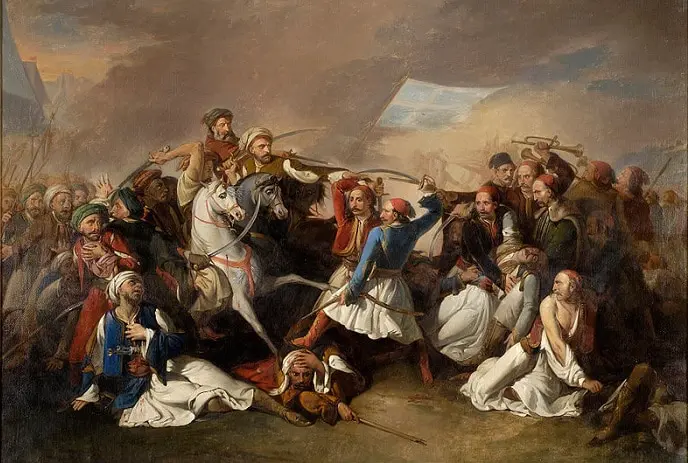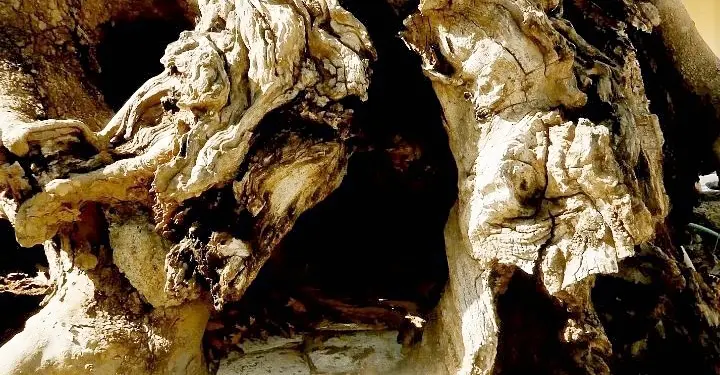
Dozens of centuries-old trees that became part of the rich lore of the Greek War of Independence have been identified by a Greek scientist.
Standing tall for centuries, offering shade and comfort to generations, the trees are mentioned in narratives of the war.
Brave fighters found refuge under their branches, and others planned attacks against the enemy under the shade offered by their leaves.
Some of them carry stories of horror as well, as the Ottomans hanged fighters, monks and villagers from their branches.
Today, some of them are considered natural monuments of the Greek War of Independence that was waged after 400 years of submission to the enemy.
Thirty-six of these monumental trees were the subject of a study conducted by Nikos Belehas, student of the Agricultural University of Athens.
The student of the university’s Department of Forestry and Natural Environment Management was assisted by Professor Georgios Fotiadis.
Belehas relied on local folklore and letters, using very little official data to compile a list of 36 trees that played a role in the glorious Greek War of Independence.

Trees of the Greek War of Independence
Perhaps the most important of all is the plane tree of the Holy Monastery of Agia Lavra where the Greek War of Independence was declared on March 25, 1821.
Under the plane tree, the Greeks headed by Metroplitan of Old Patras Germanos first spoke the oath “Liberty or Death.”
Markos Botsaris and the prince of Karaiskakis were found dead in the church of Agios Georgios in Arachova, Boeotia, where tradition states that it was the hideout of Karaiskakis during the Revolution of 1821.
Also the plane tree of Markos Botsaris in Kefalovryso in Evrytania is the tree under which the wounded hero left his final breath.
There is also the monumental tree of Athanasios Diakos in Fokis where the gallant fighter is said to have liked to rest.
The “holy oak” of Georgios Karaiskakis in Arachova is the tree that the legendary rebel used as a hiding place.
There is also a plane tree in Nafplio and the the historic olive tree in the same city, which served as the first Greek capital after the liberation, and the plane tree of Taxiarchis on Lesvos.
Another plane tree in Veria, the “Papaliavas” tree in Etoloakarnania, the plane tree of Dimitsana, the priest holy oak in Crete, and the cypress in Prasia of Evritania played their roles in the Revolution.
Historical trees in Northern Greece
Two trees in the city of Veria have been designated as “Preserved Natural Monuments;” one stands across the Old Holy Metropolis of Veria and the other in Oroenikou Square.
On the branches of the first, Metropolitan Arsenios hanged himself during the occupation of Veria by the Turks.
On the second tree, the Turks hanged Zisis Karadimos and his sons Vassilis and Dimitris, after the battle in Arapitsa, Naoussa.
Another monumental tree can be found in Orfani, Kavala, where the Ottomans hanged monks who had belonged to the Dionysos monastery.
See all the latest news from Greece and the world at Greekreporter.com. Contact our newsroom to report an update or send your story, photos and videos. Follow GR on Google News and subscribe here to our daily email!



